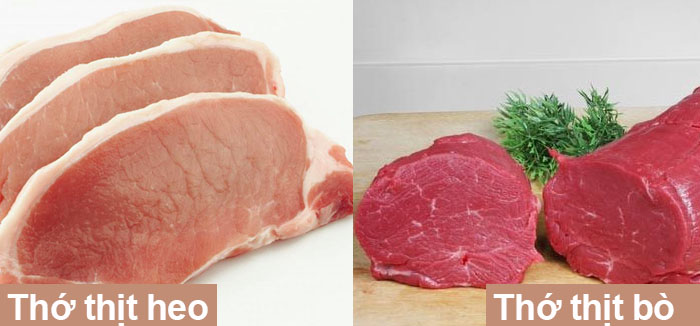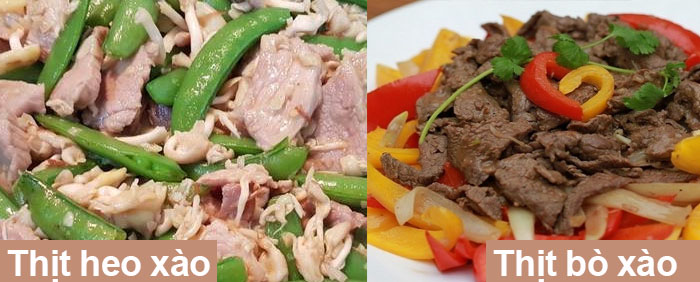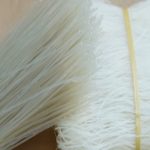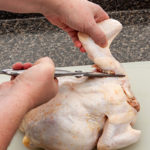It’s alarming to think that beef could be fake, made from pork and harmful additives. How can you avoid buying this dangerous meat? Read on to learn six ways to distinguish real beef from fake.
1. Examine the Muscle Fibers

Genuine beef has longer and finer muscle fibers than pork. While pork can be marinated with chemicals to alter its color and taste, its muscle fiber structure is challenging to replicate as pork naturally has shorter and thicker fibers.
2. Observe the Color
Authentic beef is deeper in color, with a vibrant red or dark red hue throughout the meat. Fake beef made from pork may have uneven coloring, with some parts darker and others lighter.
Additionally, pork fat is naturally opaque white, and even with chemical treatment, it is difficult to replicate the characteristic pale yellow color of beef fat.
3. Touch the Meat
When touching beef, it usually feels chewy, dry, and less sticky than pork. Pork has better elasticity and tends to be softer and more crumbly.
4. Cut the Meat into Small Pieces

Fake beef often reveals its true colors when cut into pieces, as the inside tends to be lighter in color than the outside. Despite the sophisticated use of chemicals and dyes, the pork’s true nature may become apparent when liquid oozes out, or after some time, the meat may start to bleed dye and fade.
When slicing beef thinly, it sticks to the knife, whereas fake beef tends to fall off without adhering to the blade.
However, sellers may cut and treat the meat with chemicals afterward. Therefore, it is advisable to buy beef in larger cuts rather than pre-sliced to make identification easier.
5. Smell the Meat
Beef has a distinctive smell that is significantly different from pork. If it is fake beef made from chemically treated pork, the meat will likely have a fishy and foul odor, lacking the characteristic beef aroma.
6. Cook the Meat

If you accidentally purchase fake beef, cooking it can be a revealing test. Genuine beef, even when cooked, retains a deep color, ranging from brown to dark red, and emits a beefy aroma. The meat is also tender and sweet.
On the other hand, fake beef is essentially pork, and when cooked, it displays its true white color, typical of cooked pork. Some chemically treated spoiled pork used as fake beef may even emit a repulsive fishy stench when cooked.
We hope that with these simple identification tips, you can confidently avoid purchasing fake beef made from pork and harmful chemicals.
3 Quick Hacks for Effortless Pomegranate De-Seeding, Without the Mess
Master the art of pomegranate prepping with our foolproof tips that’ll have you effortlessly extracting the juicy arils for snacking, juicing, and culinary creations. Say goodbye to painstakingly picking at each seed and embrace the joy of a bowlful of perfectly separated pomegranate seeds in a matter of minutes.
“The Ultimate Guide to Cutting Chicken with Scissors: A Quick and Easy Method”
Introducing the ultimate guide to slicing chicken like a pro! We’re spilling the beans on a nifty little trick that will have you cutting up chicken like a master chef in no time. Forget the tedious struggle of trying to achieve those perfect slices – with our simple hack using a pair of scissors, you’ll be slicing through that bird with speed and style. Get ready to impress your family and friends with your newfound chicken-cutting prowess!






































